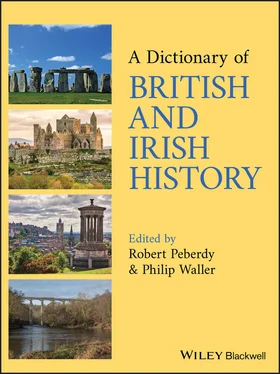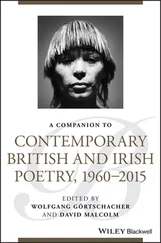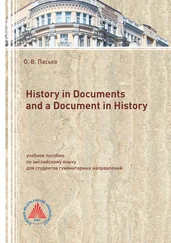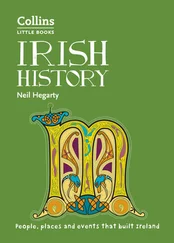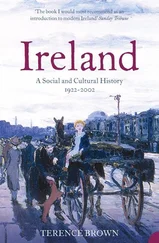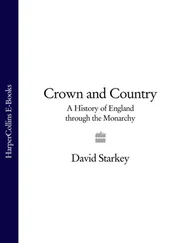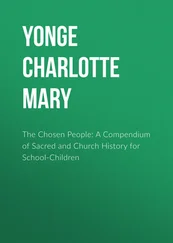In Great Britain, two large outbreaks of urban disorder in 1981, a period of high unemployment, inflation and widespread disturbances. Both occurred in areas with substandard housing and AFRICAN CARIBBEAN populations.
In Brixton, S London, on Saturday 11 April 1981 a predominantly black crowd attacked a heavy police presence, following a week of intensive policing and, on the previous evening, a battle between black youths and police. For the first time in Britain, petrol bombs were thrown at police; police vehicles were burned, 28 buildings were torched and 117 other buildings damaged. A visit the next day by the home secretary, William Whitelaw, provoked more rioting and looting, also involving white gangs.
In Toxteth, LIVERPOOL (NW England), rioting by black and white youths took place from 4 to 12 July, following a confrontation between youths and the police on 3 July. 500 people were arrested, 460 police were injured and 70 buildings were demolished. Police used CS gas for the first time in Britain.
Responses included the government‐commissioned ‘Scarman Report’ on the Brixton Riots (1981), by the senior judge Lord Scarman, which criticized the treatment of black people by the police and urged tackling of racial disadvantages. After the Toxteth Riots Michael HESELTINE, the environment secretary, encouraged regeneration in Liverpool, and Robert RUNCIE, archbishop of Canterbury, commissioned a report on inner‐city problems, Faith in the City (1985). See also ETHNIC AND NATIONAL MINORITIES, ENGLAND.
BROADCASTING, ENGLANDsee RADIO BROADCASTING, GREAT BRITAIN AND NORTHERN IRELAND; TELEVISION, GREAT BRITAIN AND NORTHERN IRELAND BROADCASTING, NORTHERN IRELAND
From 15 Sept. 1924 the British Broadcasting Company (BBC) radio station ‘2BE’ transmitted the BBC’s national programme and local items over a limited area from BELFAST. When the BBC became a corporation (1927), it was renamed BBC Northern Ireland. A new transmitter covered the entire province from 1936. Music predominated in local programming until c .1933 when speech programmes (e.g., talks, plays) became more prominent. Apart from news, current affairs were avoided to placate the Unionist government, thereby alienating Catholics, though the BBC co‐operated with southern Ireland’s station despite criticism.
During WORLD WAR II (1939–45), local programming ceased. On resumption, broadcasts included programmes from NE England because of a wavelength shortage (to 1963). The station sought to present Northern Ireland positively but was criticized for limited interest in Gaelic Irish culture; requests for Irish language programmes were refused, although Irish music was broadcast.
The threat of commercial radio provoked the BBC into transforming its station into Radio Ulster (1975), giving local programmes priority. From 1979 BBC Radio Foyle provided programmes for Co. Londonderry within Radio Ulster’s schedule. Commercial broadcasting began with Downtown Radio (1976). The Belfast CityBeat station (1996–2015) won numerous awards.
The BBC relayed television to Northern Ireland from 1953. During the 1950s local programming gradually expanded, spurred from 1959 by competition from the commercial station Ulster TV (part of the Independent Television Network). BBC Two was inaugurated in 1964. Television broadcasting notably made the world aware of the TROUBLES (1968–90s) and influenced their course. See also BRITISH BROADCASTING CORPORATION.
BROADCASTING, SCOTLAND
The first radio stations of the commercial British Broadcasting Company (BRITISH BROADCASTING CORPORATION from 1927) included four in Scotland: Glasgow and Aberdeen (1923), Edinburgh and Dundee (1924). They broadcast both London‐originated and locally produced programmes. In 1930, except for Aberdeen, they were replaced by a single National Region for Scotland which produced some programming. After restructuring of ‘BBC’ radio programmes into four services in 1967, most Scottish material appeared as ‘opt‐outs’ on Radio 4.
The development of commercial radio in Scotland began with Radio Clyde (1973) in Glasgow. It prompted the BBC to develop its services. It inaugurated BBC Radio Orkney, BBC Radio Shetland (both 1977) and BBC Radio Scotland (1978). From 1985 BBC Radio nan Gàidheal broadcast material in Gaelic. By 2017 there were about 36 local commercial stations as well as smaller community stations and other forms of radio broadcasting.
The BBC began television broadcasts in Scotland in 1952, although few programmes were originated locally. Under the 1954 Television Act two commercial stations were started within Scotland: Scottish Television (1957, later STV), covering C Scotland; Grampian (1961), for NE Scotland (also N Scotland from 1982). Border TV (1961) covered the border region and SW from NW England. The BBC started a second channel in 1964, with its channels becoming known as BBC1 Scotland and BBC2 Scotland. In 1997 the owner of STV acquired Grampian, and in 2006 rebranded the stations as STV Central and STV North.
New technologies developed in the 1980s–90s were utilized to provide television in Gaelic. The commercial digital channel TeleG operated from 1999 to 2011, and the satellite and cable service BBC Alba from 2008 (a partnership with the Gaelic Media Service, created by the UK 2003 Communications Act). See also GAELDOM, SCOTLAND.
BROADCASTING, SOUTHERN IRELAND
Regular radio broadcasts began in the IRISH FREE STATE on 1 Jan. 1926 with a speech by Douglas HYDE, mostly in Irish. The station, ‘2RN’, operated under the Department for Posts and Telegraphs with some State funding. It was renamed Radio Athlone (1933) and Radio Éireann (1937). Programmes included Irish language lessons, sports reports and music, but little news reporting. A committee, Comhairle Radio Éireann, provided independent supervision 1953–60.
In 1960 a State‐sponsored, public‐service authority was established, Radio Éireann (renamed Radio Telefís Éireann, RTÉ, in 1966), which was charged with promoting Irish language and culture. During the 1970s–80s its monopoly was challenged by unauthorized ‘pirate’ stations, including an Irish‐language station (1970). It responded with new services: Raidió na Gaeltachta (1972), an Irish‐language for the GAELTACHT, and Radio 2 (1979) for young people. Legislation in 1988 suppressed the ‘pirates’ and created the Independent Radio and Television Commission with licensing powers. A commercial station was launched in 1989. In 2015 there were nine RTÉ stations, two commercial national stations, and digital and local stations.
RTÉ inaugurated television broadcasting on New Year’s Eve 1961, including an address by President Éamon DE VALERA. Due to restricted funds, extensive programming was bought from the USA. Home productions included The Late Late Show , a ‘chat show’ which tackled social issues (presented 1962–99 by Gay Byrne). Colour broadcasting started in 1971. RTÉ initiated RTÉ 2 in 1978 (UK programmes and Irish material) and Telefís na Gaeilge in 1996 (Irish‐language programmes). TV3, a commercial channel, began in 1998. Satellite and cable television expanded from the 1990s, and another commercial channel, Channel 6, operated 2006–9.
BROADCASTING, WALES
RADIO BROADCASTING was initiated in 1923, from a studio in CARDIFF serving S Wales and SW England, by the British Broadcasting Company (Corporation from 1927). Wales received its own wavelength in 1937, and the few programmes produced there were divided equally between Welsh and English. Two full home services, BBC Radio Wales (English) and BBC Radio Cymru (Welsh), were established in 1978 and 1979 respectively. The first commercial radio station, Swansea Sound, operated from 1974.
Читать дальше
